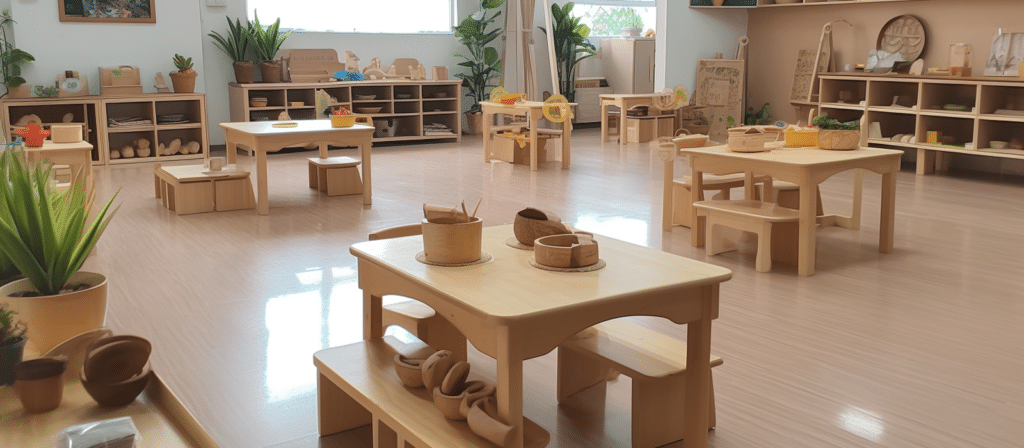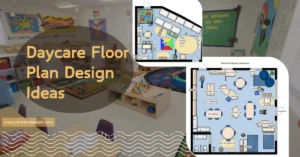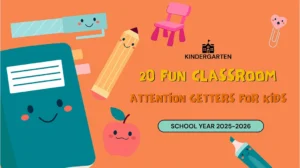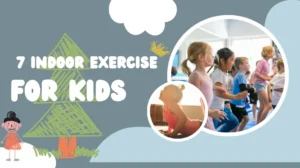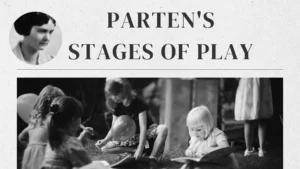Classroom design plays a pivotal role in shaping the experiences of both educators and young learners. While visual appeal is significant, the functionality of the classroom is paramount. This article delves into the profound influence of classroom design on behavior, exploring how it affects the dynamics between teachers, children, and the learning environment.
Crafting an Engaging Space
The environment in which learning unfolds holds sway over educators’ job satisfaction, self-perception, and interactions with their students. Simultaneously, children encounter this milieu indirectly through teacher interactions and directly through their own engagement with the physical space.
Interactive Play and Behavioral Dynamics
The cornerstone of contemporary insights into the interplay between individuals and early childhood environments rests on the pioneering work of Sybil Kritchevsky and Elizabeth Prescott in the 1960s. Their groundbreaking analysis unearthed compelling links between classroom design and behavioral patterns among children and educators. Their observations underscored how teachers wield the power to reshape the environment to attain novel objectives and troubleshoot existing challenges. Notably, they stressed the imperative of tailoring the classroom to cater to the unique needs and experiences of the young learners.
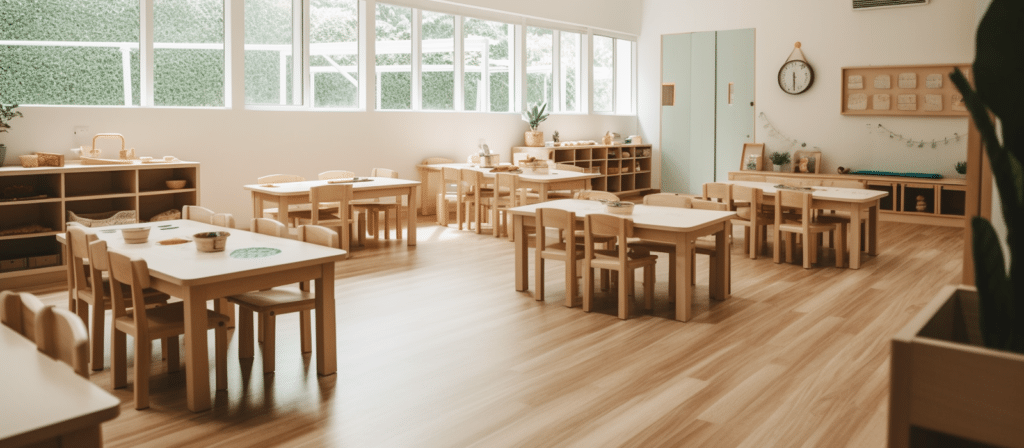
Play Units: Complexity, Variety, and Engagement
Kritchevsky and Prescott introduced the concept of “play units,” evaluating them based on complexity, variety, and potential engagement.
- Simple Play Units: These are single-purpose units, such as swings or tricycles, which lack subparts. While easy to grasp, they may fail to captivate children’s attention, necessitating teacher intervention.
- Complex Play Units with Subparts: This category involves dual play materials placed together, encouraging manipulation and improvisation. Yet, they could demand more time than teachers can allocate, potentially frustrating children.
- Super Play Units: Combining complexity with supplementary materials, these units stimulate immersive play experiences.
A Well-Organized Environment
A well-organized space with clear pathways to engaging activities fosters independent exploration. Children navigate seamlessly between tasks, enabling teachers to attend to individual needs.
Conversely, disorganized settings breed problems like aimless wandering and disruptions to ongoing activities. A chaotic environment compels teachers to adopt a directive role, limiting individualized attention and hindering children’s free play.
Harnessing Classroom Design for Effective Teaching
Classroom design holds the potential to surmount teaching hurdles and achieve educational goals. Altering the environment, such as introducing intricate play units, can yield transformative outcomes. Enhanced engagement in free play, increased self-reliance, and improved attention spans are among the potential benefits.
Current Research: Design and Learning
Continuing into the 1990s, researchers have pursued a deeper understanding of how the physical environment shapes child development and learning. Insights gleaned from their endeavors inform educators on leveraging classroom design to achieve program objectives.
For instance, Alton J. De Long et al. (1994) unveiled the intriguing connection between space perception and time perception. Manipulating the scale of the learning environment influenced children’s engagement in complex play and altered their perception of time. Similarly, Petrakos and Howe (1996) highlighted the impact of equipment arrangement on children’s play, emphasizing that novel themes and less realistic materials foster imaginative and sophisticated interactions.
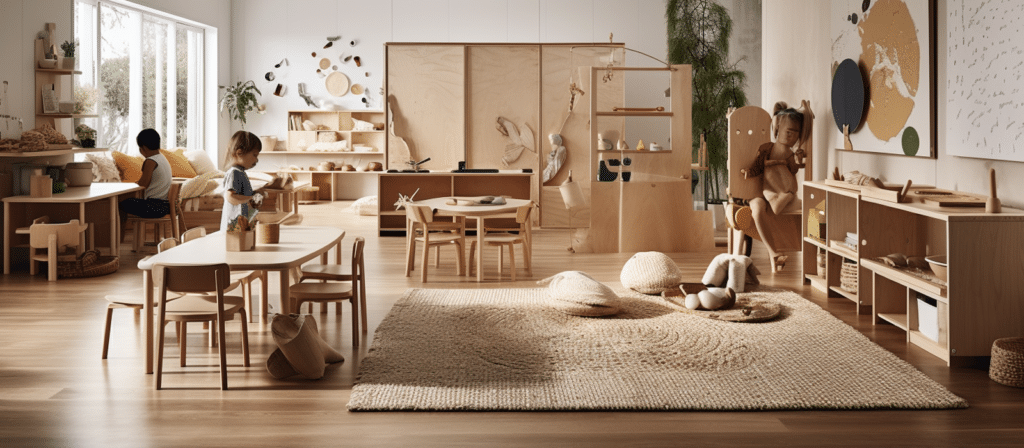
Ten Steps to Effective Classroom Design
- Align design with educational philosophy.
- Correlate philosophy and available space.
- Understand children’s developmental needs.
- Observe existing settings and identify challenges.
- Tap into available resources and research.
- Draft a design plan aligned with goals.
- Implement changes and adapt teacher behavior.
- Monitor outcomes and adjust as needed.
- Iterate based on observations.
- Reevaluate philosophy and goals periodically.
Conclusion: Beyond Aesthetic Appeal
Classroom design transcends aesthetics, acting as a pivotal factor in educational dynamics. Researchers since the 1960s have laid bare the intricate relationship between physical environment and behavior. The 1990s witnessed an ongoing quest to decode the nexus between design alterations and child development. Integrating observations, philosophy, and design, the learning environment stands as a formidable participant in early childhood curriculum. Classroom design, a versatile tool, thrives through meticulous planning and preparation, affording educators a medium to enhance the educational journey.

